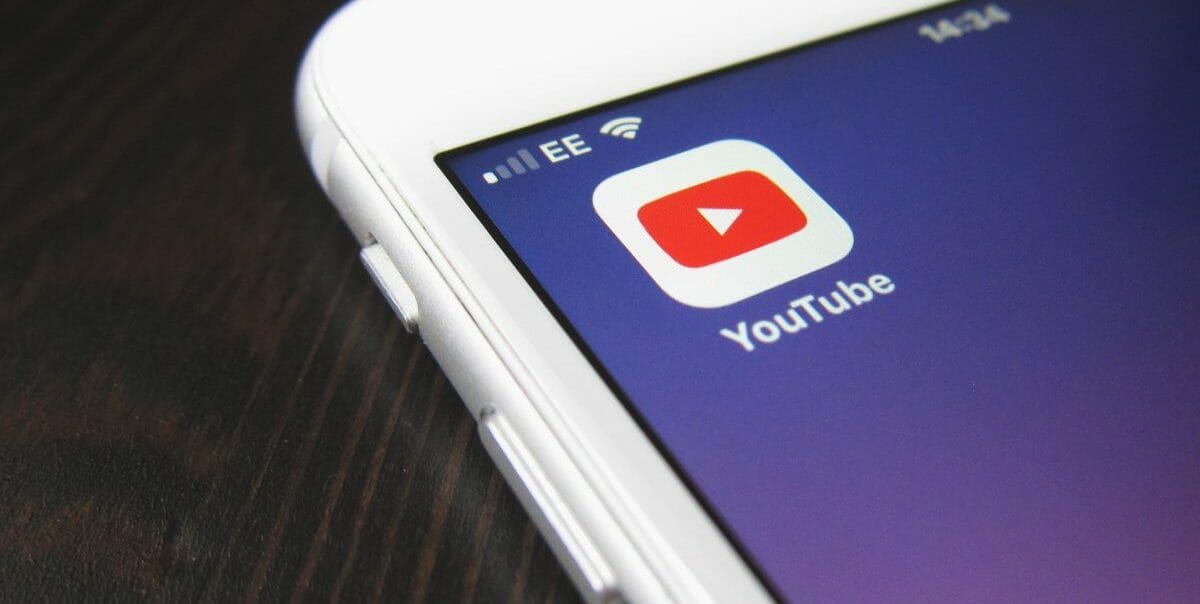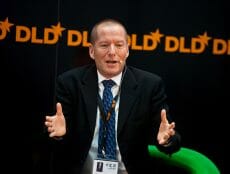
Articles
Editor’s Picks
Will $20 Million from YouTube Resolve the Adpocalypse?
By Henry Kronk
October 24, 2018
On Monday, YouTube announced it would invest $20 million in vetted educational video content. The sum would create the YouTube Learning Fund.
As Global Head of Learning Malik Ducard wrote in a blog post, “High quality learning content is time-consuming to research, produce, and edit. That’s why we’re announcing a new Learning Fund to support creators who make some of the best learning content on YouTube. This includes videos covering a wide range of topics from career skills, like interviewing and resume building, to computer science, like coding for game development and JavaScript basics.”
The funds will be spent in three general ways. First, the platform will pay successful and educational YouTubers. There are more details on that further down. Second, YouTube has created its own channel, Learning, where, as Ducard writes, “major partners like Goodwill and Year Up are contributing curated playlists highlighting videos that teach career skills. The channel will make it easy for users to find tutorials, DIY videos, explainers, and skill-based playlists.” Third, YouTube will offer new and improved resources for ‘EduTubers.’
In today’s age of rage, bullying, and misinformation, that sounds like good news. Many responded positively on Twitter.
https://twitter.com/faiqMalik/status/1054783090516787206
But many others responded with ambivalence or even angers. Others responded cryptically, calling for Scare @PewDiePie Season 2.
https://twitter.com/DedSecOfficial3/status/1054724908150939650
https://twitter.com/theR3DMOUTH/status/1054450803069673472
Demonetization, YouTube, and the Lingering Adpocalypse
To understand these references, one will need to be familiar with the nearly two-year long conflict known as the Adpocalypse.
To summarize, YouTube had a more or less pleasant relationship with both its content-creating users and its advertisers for a good deal of its 13-year lifespan. But beginning in the winter of 2017, advertisers began noticing a problem. Their ads were appearing alongside videos posted by terrorist groups and others touting hate speech. In response, numerous high profile advertisers such as Pepsi and AT&T started leaving the platform.
That led to YouTube policy changes. But it also brought renewed interest to other, bigger creators. In February 2017, PewDiePie would see his ties with Disney severed and his inclusion in Google Preferred Ads ended. The first season of his YouTube Red show, Scare PewDiePie, was cancelled. Further policy changes were enacted that allowed advertisers to choose which channels could feature their ads. As some channels hosted fewer ads, that was reflected in the revenue they took in. They were demonetized.
Over the next year, YouTube would continue to update its policies regarding the creators community. Logan Paul famously saw a huge backlash from his community and YouTube in December of 2017 after posting a video of a man’s dead body in the Aokigahara Forest in Japan.
Following the response to Paul, YouTube enacted its biggest demonitizing policies yet. For one, it ramped up who could be paid. Previously, users needed 10,000 hours of watched content to receive ad revenue. In early 2018, that changed to 4,000 hours of watch time in the past 12 months along with 1,000 subscribers.
This measure especially affected smaller channels that, for one reason or another, may not post as frequently.
Polygon has an extended, detailed rundown of these events.
Enter YouTube Learning
The Adpocalypse has estranged many users from the platform that was once celebrated for its organic original content.
YouTuber Christine Barger posted a tearful response, saying, “I was never worried about when I would get my AdSense stuff worked out so I could get my money out,” Barger says in the video. “I just assumed I wouldn’t lose my partnership because I hadn’t done anything wrong.
“I feel stupid for crying because, honestly, it’s silly; it’s not like it’s millions of dollars. It’s not about the money. It’s about the fact that I’ve been a part of YouTube for a really long time, and I’ve finally tried to be a part of this platform, just to feel like they don’t care about small creators.”
So – how does YouTube’s $20 million investment in their Learning Fund fit in?
The fund is aimed at the heart of the problem driving the Adpocalypse—the spread of hateful, incorrect, or unsavory content on the platform. In creating vetted and proven educational content, it can direct both users and advertisers down a pathway that likely won’t end in offensive material.
It also might seem like an olive branch, a way to help both professional and amateur YouTubers do what they love to do.
It’s also good PR, something that has been in short supply for a lot of tech giants lately. The fund joins a couple other initiatives at YouTube and its parent company, Google, aimed at spreading media literacy.
But many YouTubers feel the platform’s $20 million investment is just salt in the wound for a couple reasons.
To begin, YouTube has set a baseline for people to apply for the grant that significantly narrows the pool. According to an FAQ on the fund, only users with a minimum of 25,000 subscribers will be eligible to apply.
So those demonetized small channels that YouTube already hit with non-advantageous policies, they won’t be getting any slice of this pie.
In fact, it isn’t apparent how much YouTubers will be getting regardless of their subscription figures.
As The Verge reports, “It’s unclear how Learning Fund grants will be dispersed or how much creators will get paid versus third-party studios or networks. YouTube’s new update does state that the company has ‘already secured investments for sponsored content specifically for the [educational YouTube] community.’”
What’s more, this investment is not philanthropic. Successful applicants “must enter into a written agreement with YouTube,” according to the FAQ. “This agreement will contain more details about required deliverables, payment timelines, and other terms and conditions.”
Much about the YouTube Learning Fund remains unknown. In a best-case scenario, it could help numerous content creators continue to do what they do best, and allow them to do it with expanded resources and less financial stress. In a worst scenario, YouTube educational channels could become increasingly corporatized and include more external advertising along with other promotional functions like product placement.
YouTube has sought to address users disenchanted by the Adpocalypse directly with other means, offering expanded monetization options like channel subscriptions, e-commerce services from Treespring to sell merch, methods to fundraise for charities and non-profits, and more.
Still, malaise remains. On a blog post announcing the fund to YouTubers, the current top comment is from Grady Battista:
“I’m gunna be brutally honest here, and I know that no one is going to see it but whatever here it is: I think the way youtube has been run as of recent has been nothing short of a dumpster fire. The hypocrisy and double standards for different creators is very apparent. Take for example the case of The Thinning 2. The main star of that movie and its predecessor is Logan Paul. As I’m sure every one knows, Logan has done some pretty shady stuff during his career on youtube. This ranges from tasing a dead rat to filming an actual deceased human being. The latter of which GOT ON THE TRENDING PAGE. And of course keep in mind the majority of his audience being minors. It took ten day, TEN FREAKING DAYS, for youtube to act on it. Pewdiepie on the other hand made one racist joke, which to be fair was uncalled for, and loses almost all of his advertising and any connection to youtube as a company, not to mention the loss of Scare Pewdiepie season 2. disgraceful”
The Adpocalypse is far from over.
Featured Image: Hello I’m Nik, Unsplash.









No Comments